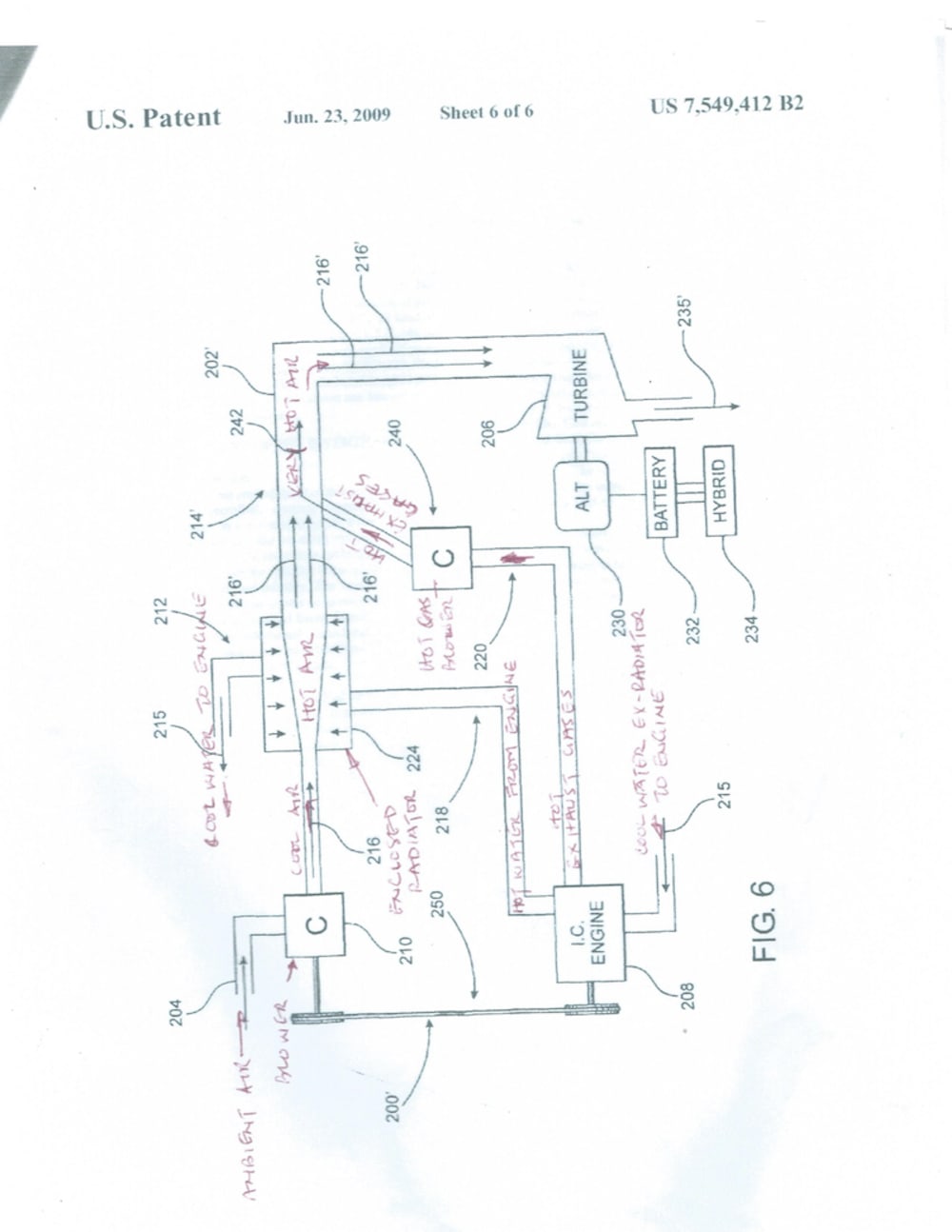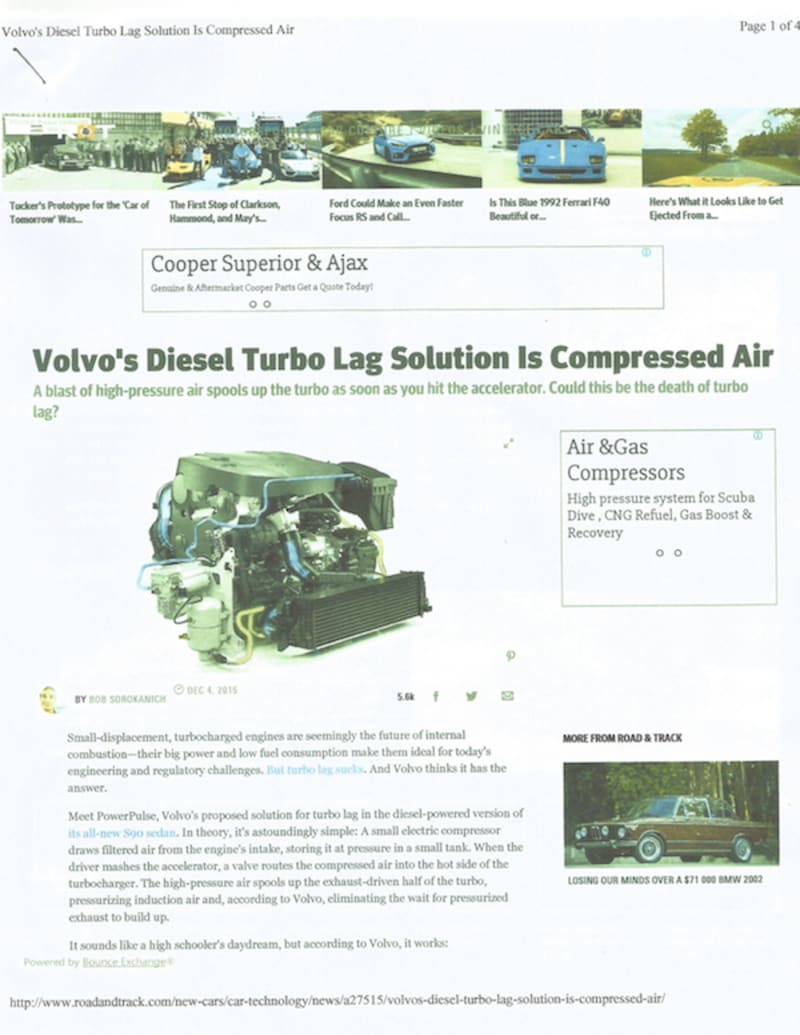The world is made mobile by the use of the much loved IC engine. While it is very versatile, it is very inefficient in the use of heat supplied by the fuel. Only 30% of the heat generated by the combustion of the fuel is converted to mechanical power with 30% lost in the exhaust gases and 30% lost in the radiator. The major players go after the low hanging fruit and the use of turbochargers which in my opinion exacerbates the problem because higher octane fuel and a lowering of the compression ratio are used to prevent knocking because of higher compression pressures, thereby further lowering the thermal efficiency. It is erroneously believed that it is the heat in the exhaust that turns the turbocharger. It is the pressure in the exhaust, caused by the pumping action of the pistons that turns the turbo. The exhaust gases has two energy components, HEAT AND PRESSURE, and only the pressure component is used while the heat goes to waste.
What if most of the power that is obtained from a turbocharger is obtained from this new patented system without the use of additional fuel? The additional energy will come from the wasted heat in the cooling and exhaust systems. This is fully explained in US Patent 7,549,412 pages 19 to 26.
Referring to Fig6, a blower/compressor (210) driven by the engine blows ambient air through the enclosed radiator 224, where hot water from the engine is cooled and returned to the engine and the air used will now absorb heat and goes to another stage where it is mixed with the hot exhaust gases and absorbs more heat and expands to a very large volume and then drives a much larger turbine 206 than the turbocharger, which then drives a much larger alternator 230, which will continuously supply additional power to the hybrid system. Part of the energy used to power the compressor is recovered in the exhaust turbine.
The process of mixing pressurized air with heat is a known technology, the Brayton Cycle. This new Patent combines the Otto Cycle with this new "Modified Brayton Cycle" to extract more energy from the IC engine. This new technology of mixing pressurized air with exhaust was recently proven by Volvo (see PDF), where pressurized air is used to increase the pressure in the exhaust line to maintain a continuous pressure to the turbocharger turbine to prevent turbo lag at low engine speeds. Please note that my Patent was files in 2006 and awarded in 2009 and VOLVO published in 2015. Presently, I am building a prototype.
Like this entry?
-
About the Entrant
- Name:Satnarine Singh
- Type of entry:individual
- Software used for this entry:no
- Patent status:patented





